Toenails are peeling: why does this happen and what to do?
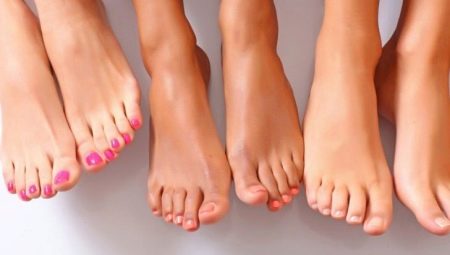
Smooth and neat toenails indicate not only proper care for them, but also the absence of various diseases. If they began to flake off or break, this is also a sign of the influence of some external factors, and some problems inside the body.
Due to dystrophic changes inside the nails, the plates become thinner and begin to split into scales. The result is brittle and brittle nails, they acquire a rough surface, dull appearance and can begin to crumble. To eliminate this problem, called by doctors onychodystrophy, first of all, you should find out its causes.
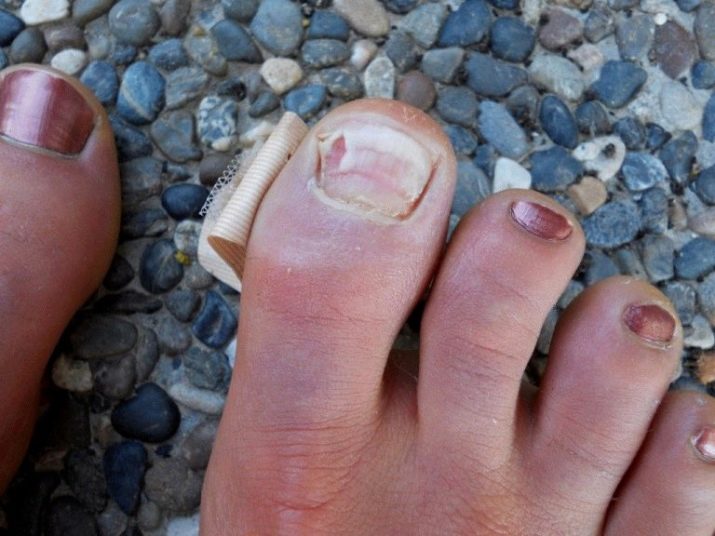
Why do nails exfoliate?
By their structure, toenails are formed from thin plates of keratin, which are tightly pressed together and provide them with firmness. The structure of the nails also includes layers of water for the desired elasticity. In addition, there are many trace elements inside the nail plates, including calcium, chromium, zinc, and so on.
The germ cells, which are located at the base (this is the lighter part in the form of a crescent), are responsible for the growth of nails. As new cells form, the old ones are pushed forward, to the free edge. This continuous process takes place in the body of a healthy person, if no negative factors affect the growth and condition of the nails. If a lamination of nails appears, the reasons are very different.

External causes
Reasons of this kind include any external influences due to which the nail plate loses water, becomes dry and begins to break. In children, this is due to the following factors:
- delamination due to various mechanical influences, for example, squeezing the plates with too tight shoes;
- the influence of too dry air;
- the consequence of hypothermia;
- a consequence of contact of nails with too hot water;
- damage by various chemicals.
In women, nails may begin to exfoliate due to improper pedicure or frequent extensions, as well as after using varnishes or products that contain acetone.
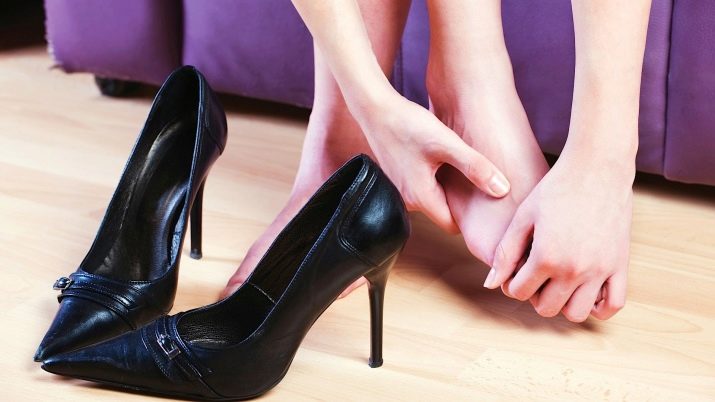
Internal reasons
To this large group of reasons, due to which the nails are exfoliated even in small children, include any changes in the body. These are:
- anemia, which appears due to a lack of iron in the body or violations of the mechanisms of its absorption (therefore, such a disease is called iron deficiency);
- poor nutrition, due to which the child does not receive enough proteins, vitamins, phosphorus, calcium, magnesium and other substances;
- diseases of the digestive system, endocrine glands or liver, the result of which will be a deterioration in the metabolism of nutrients necessary for normal nail growth;
- fungal infection, as well as various skin diseases, for example, eczema or lichen redness;
- imbalance in hormones, which often occurs in adolescents;
- poisoning with certain drugs or heavy metals.
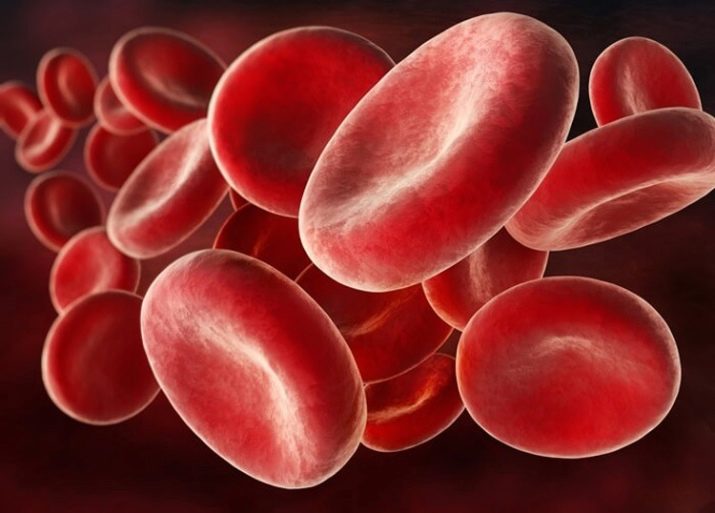
Types of defeat
Exfoliating and crumbling nails, depending on the pathological process in the plates and provoking factors may look different.
- If the nail plate splits in a leaf-like manner in the area of the free edge, and the main part remains intact, this condition is called onychochisis. With such a lesion, the free part may not split, but only become very thinner. This is most often due to repeated nail injuries, exposure to alkalis, the use of low-quality varnishes, or improper pedicure.
- If the nail plate begins to separate from the bed, partially or completely exfoliating, this problem is called "onycholysis". Detachment of nails occurs not only from the free edge, but also from the sides. Typically, this is caused by fungal infections, skin diseases, trauma, endocrine disorders and chemicals.
- If cracks or longitudinally located grooves are visible on the surface of the nails, this pathology is called onychorexis. It occurs with lichen and psoriasis, as well as with a deficiency of vitamins in food and diseases of the digestive tract. Stripes on the surface of the nail plates are both dark and light.
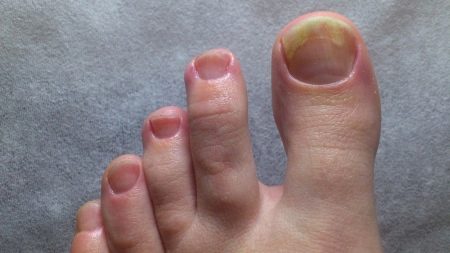
If you find flaking and breaking toenails in children, it is best to contact a pediatrician. The doctor will examine the little patient and determine which narrow specialist is best to show the child - a dermatologist, endocrinologist, gastroenterologist or another. They know what to do in such cases.
If necessary, the baby will be referred for a blood test and some other tests., for example, determine the level of hormones or examine the nail plate for fungus. To effectively eliminate the problem, the impact must be aimed primarily at its cause. That is why any home measures without consulting a doctor are not recommended, so that the condition of the nails in a small patient does not worsen even more.

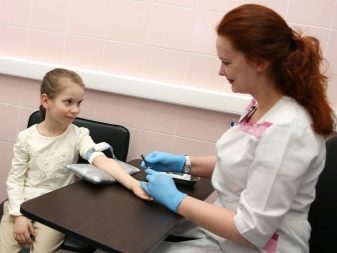
Treatment for adults
If brittleness and delamination is found on the nails of an adult, a visit to the doctor will also be an excellent solution, because after it, the cause of such a problem will be clear, which will affect the possible methods of treatment.
- A competent doctor will certainly pay attention to the patient's diet - whether he eats enough protein, whether there are vegetables and fresh fruits on the menu, whether he uses dairy products, and so on.
- If trauma is the cause of the dissection, no special treatment is required. It is only necessary to ensure normal healing of the nail, protecting it for this period with a bactericidal plaster, which should be changed regularly.
- Among the drugs that are prescribed for exfoliation, the most popular are vitamin complexes or monopreparations, for example, retinol. In some cases, special antifungal drugs or antibiotics are also required.
- To strengthen fragile plates, many doctors recommend additional intake of gelatin as a source of valuable amino acids and fats. Jelly is prepared from it every day and consumed internally for several months.
For local treatment, oil and salt baths are prescribed. Physiotherapy is also in demand, for example, phonophoresis of vitamin A on damaged nails.

Preventive measures
To prevent splitting of toenails in children, it is recommended to follow some practical advice.
- It is important to carefully and in time to cut off the regrown nails. For the procedure, sharp scissors should be used, and the plates should be cut in a straight line.
- You need to eat well and in a balanced way. A child's diet should always contain high-quality protein products, vegetables, fruits, nuts, and dairy products.
- It is also important to monitor sufficient water intake so that the nail plates do not dry out. If necessary, you can include complex supplements, which contain all the necessary vitamins and useful minerals.
- You should buy comfortable shoes and pay attention when the leg has grown and the shoes or boots begin to crush.
- It is important to change socks often, to prevent hypothermia of the legs. Go to public places (swimming pool, sauna) only in individual rubber slippers.
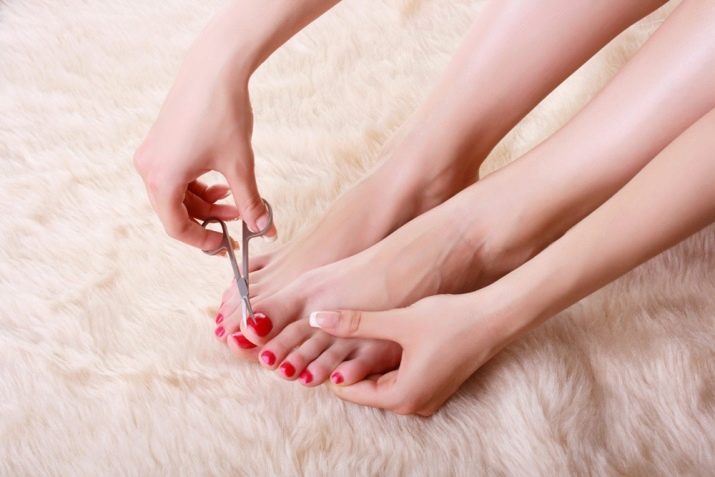
The following should be added to preventive measures in adults:
- regular nail care at home all year round;
- a selection of good varnishes and a trusted pedicure specialist;
- the use of nail strengthening agents;
- performing procedures to activate blood flow and accelerate nail regrowth, such as wax applications or massage;
- the use of medicinal varnishes, which contain vitamins and other useful components;
- treatment before bedtime of the feet with any nourishing cream for sufficient hydration;
Exercising your feet at night will improve blood flow to your tissues. A little physical activity will push the problem with nails to the background and add health to women's legs.
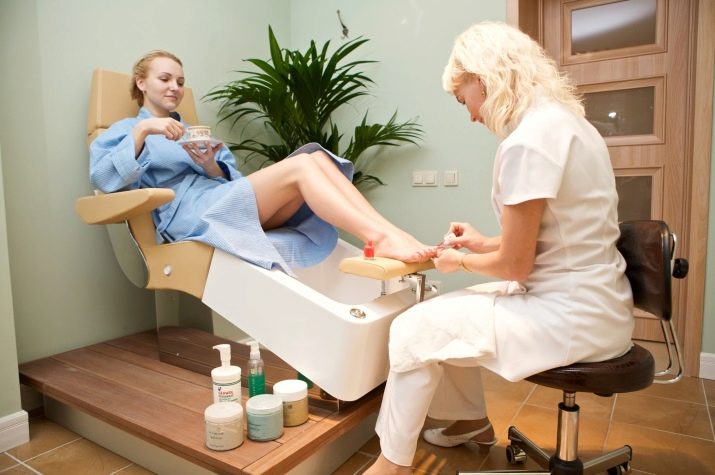
For even more details on why nails exfoliate, see the video below.








